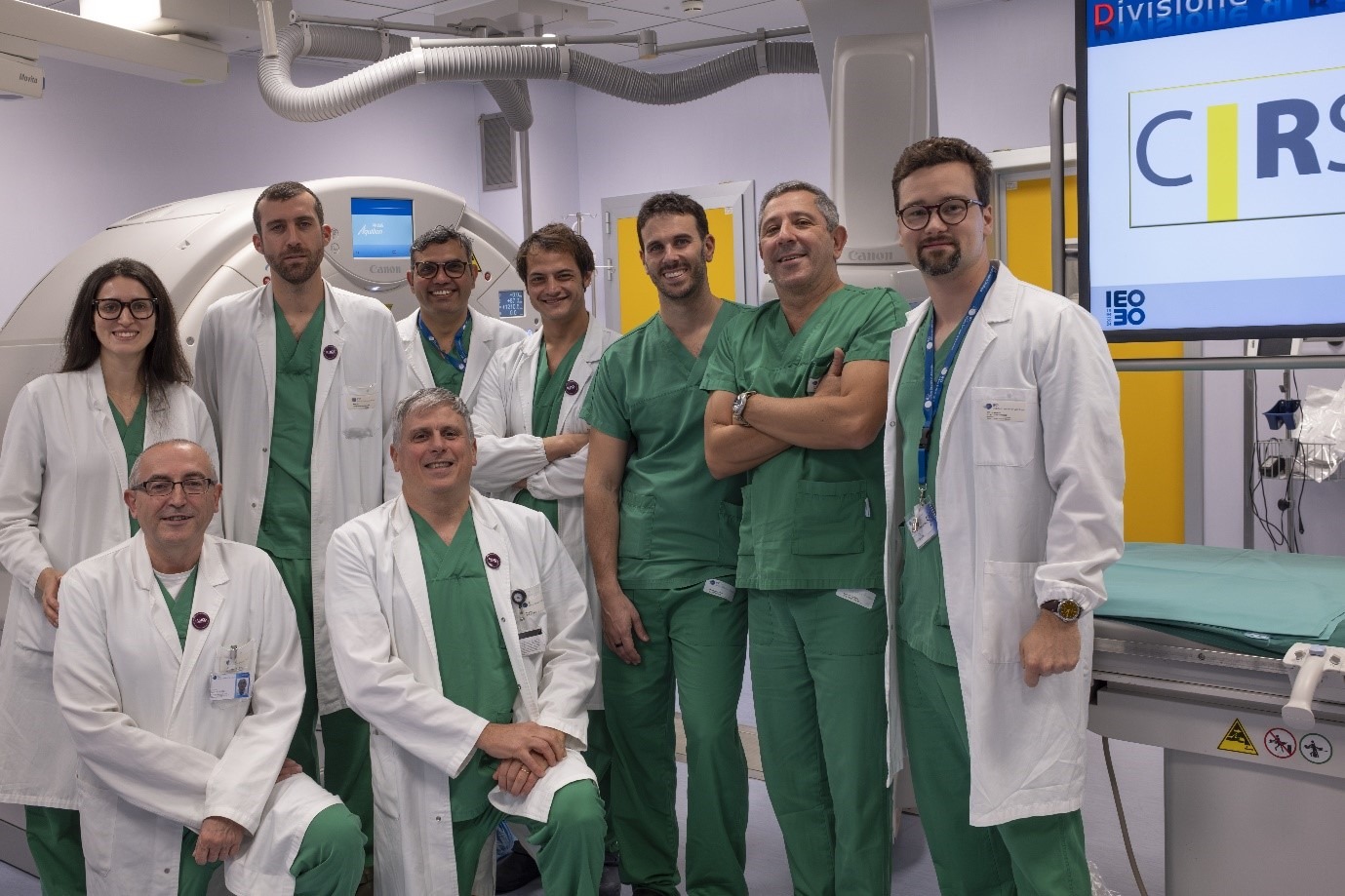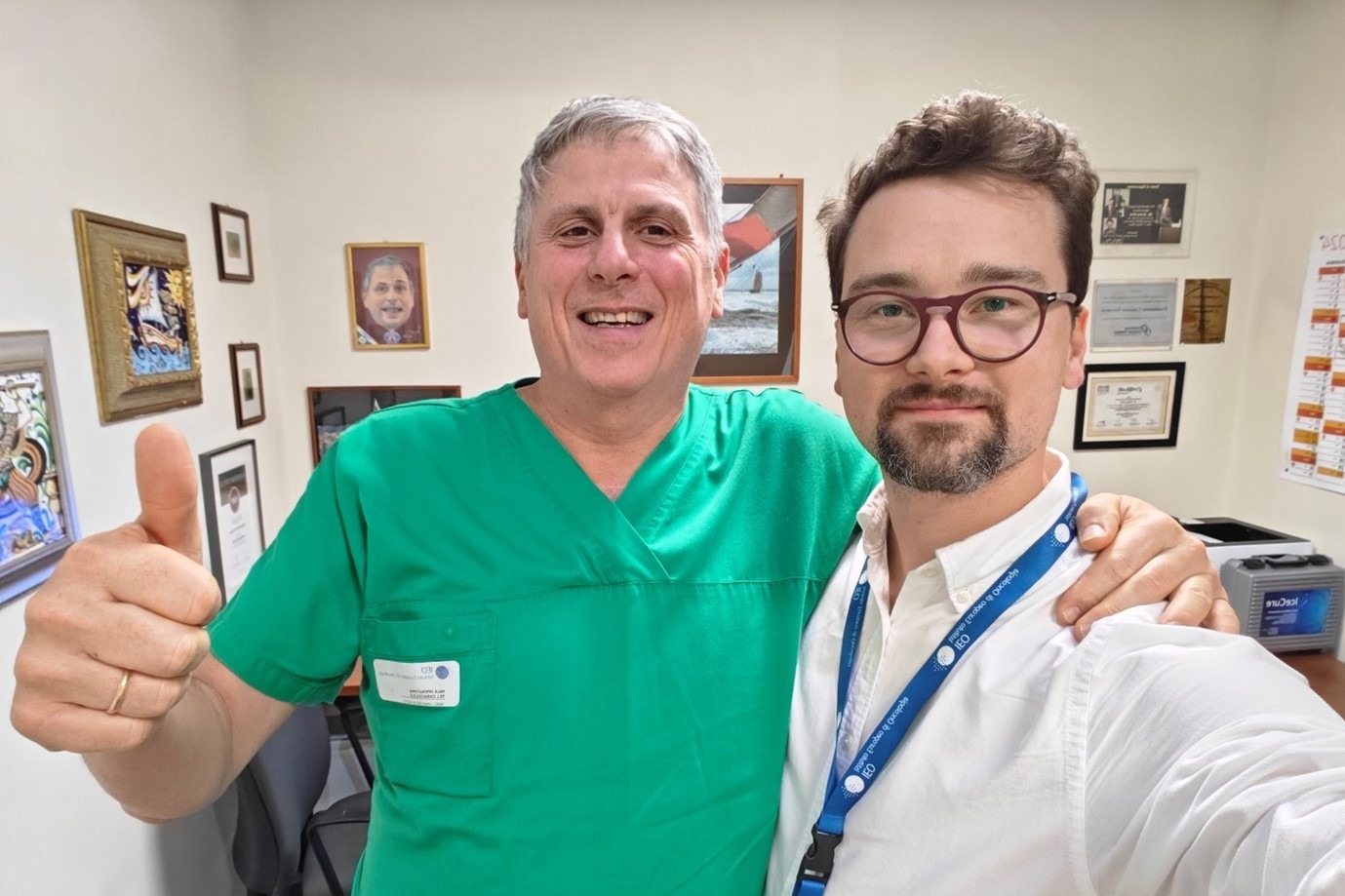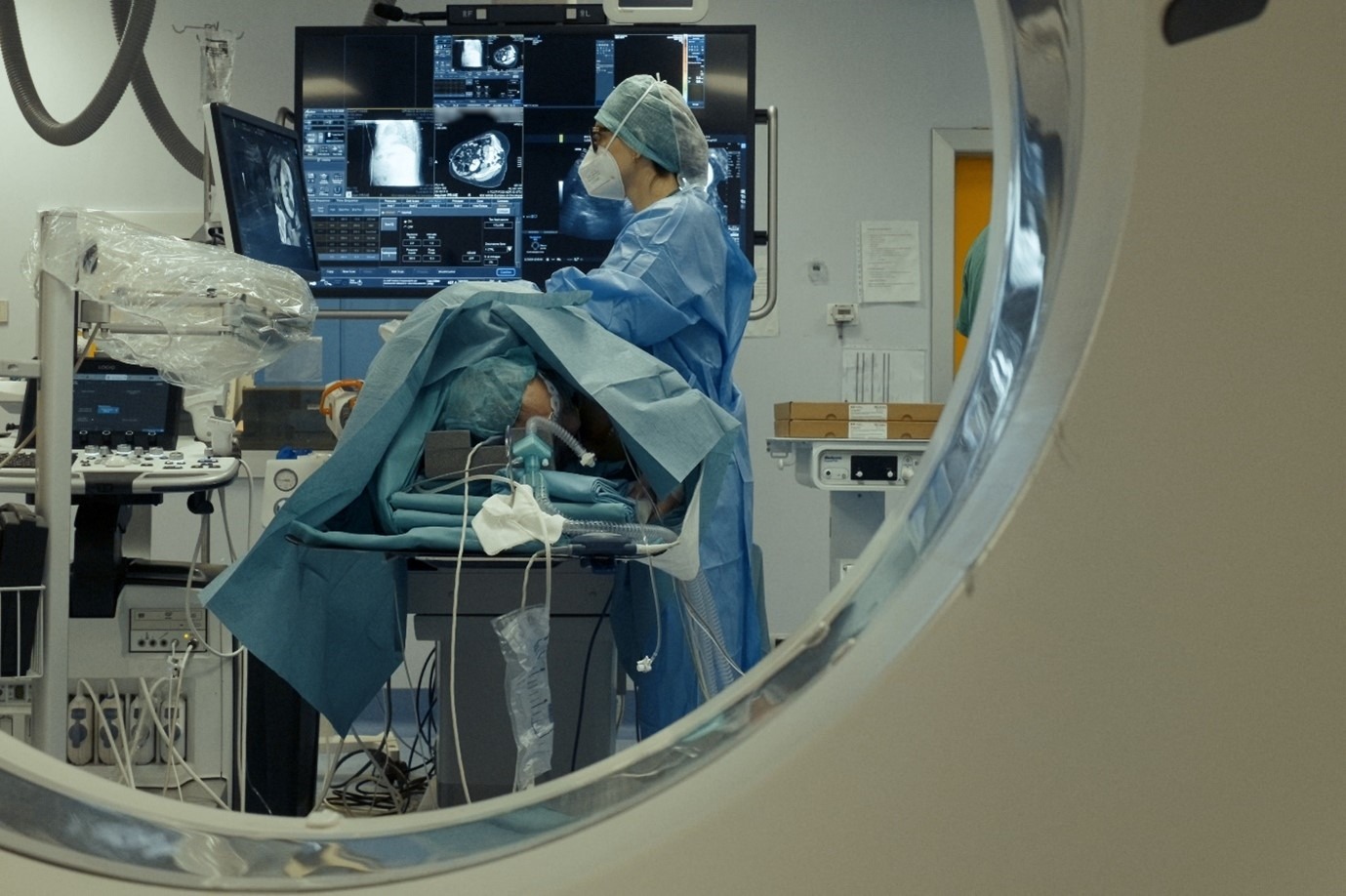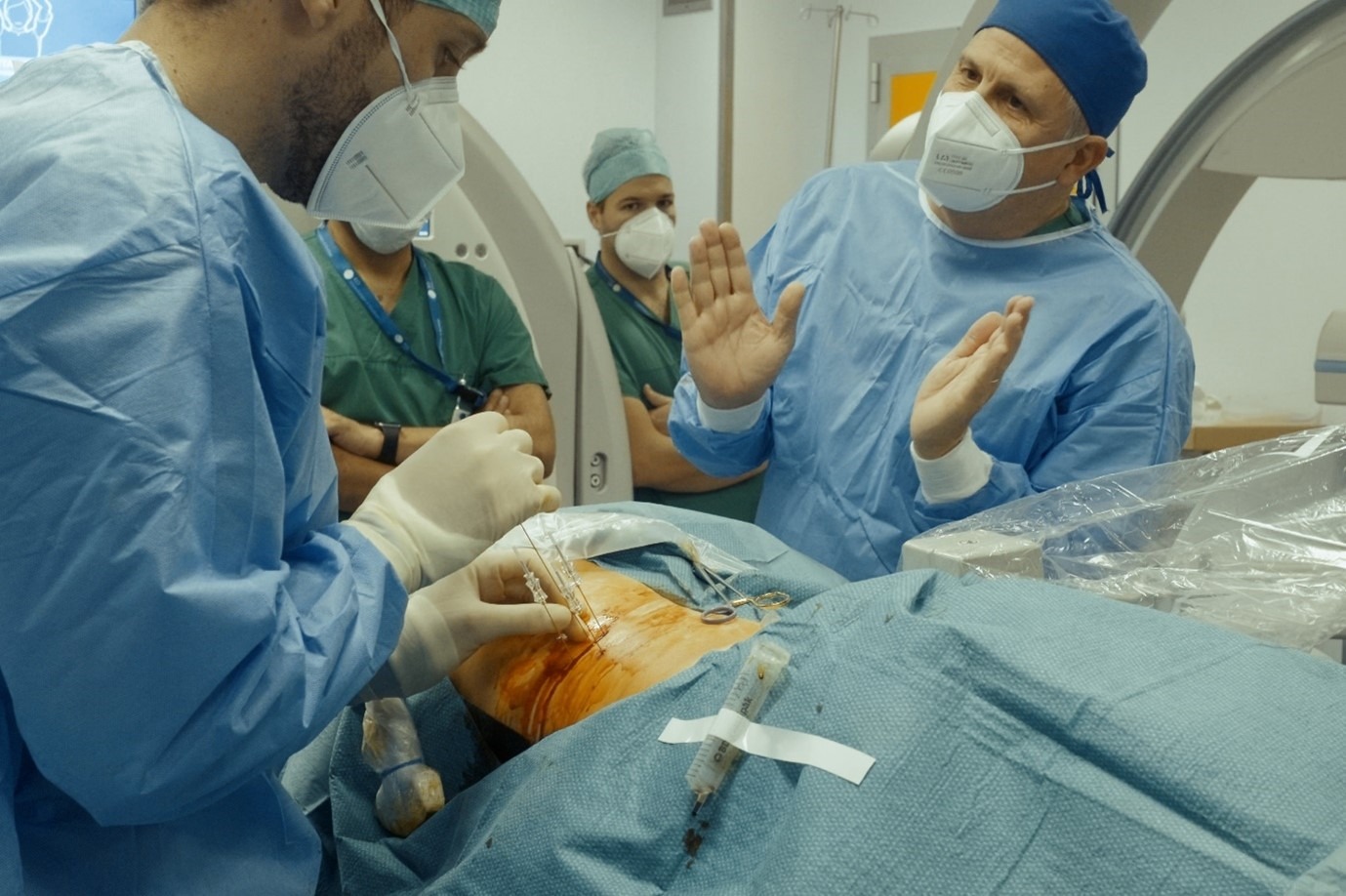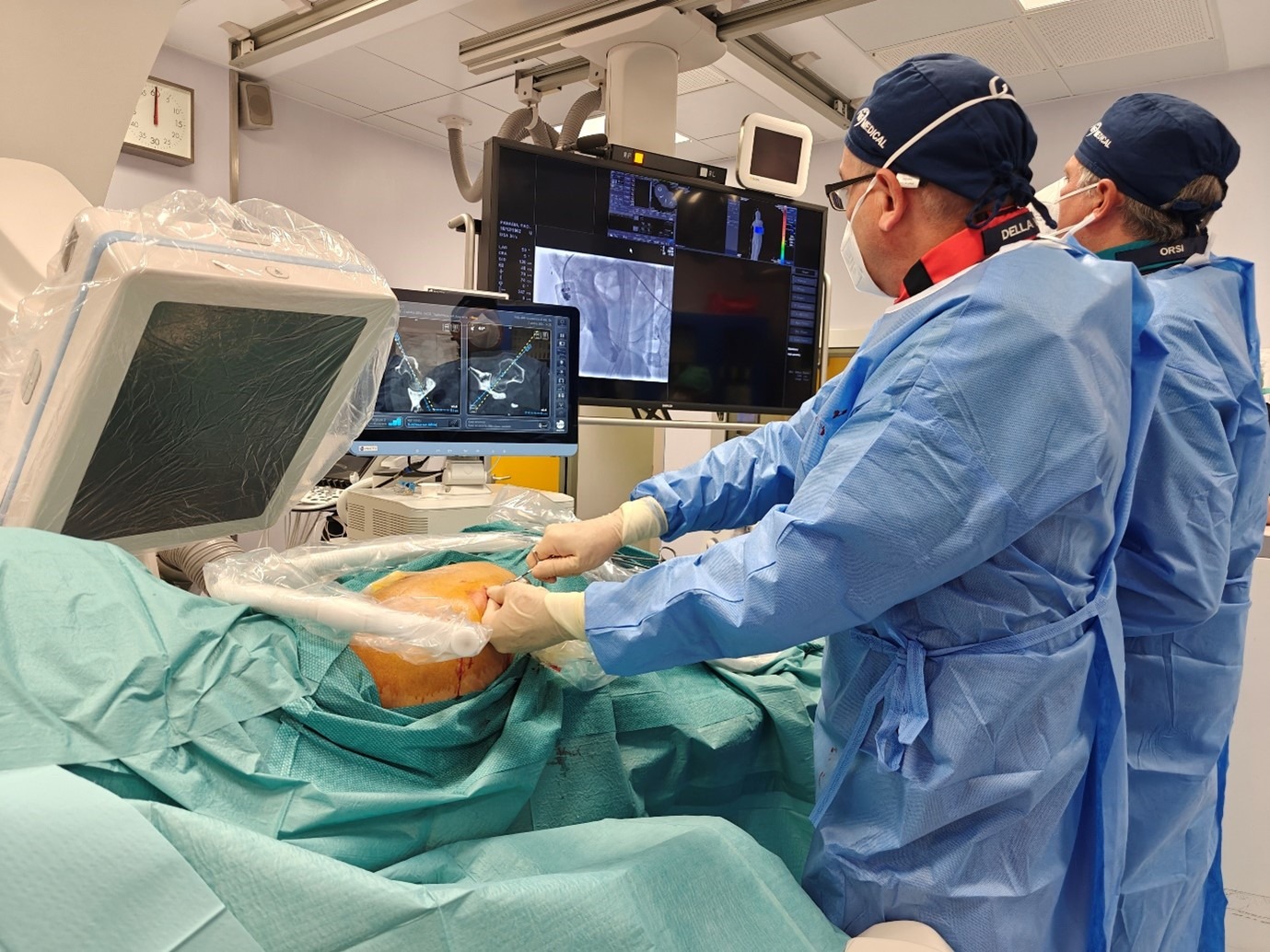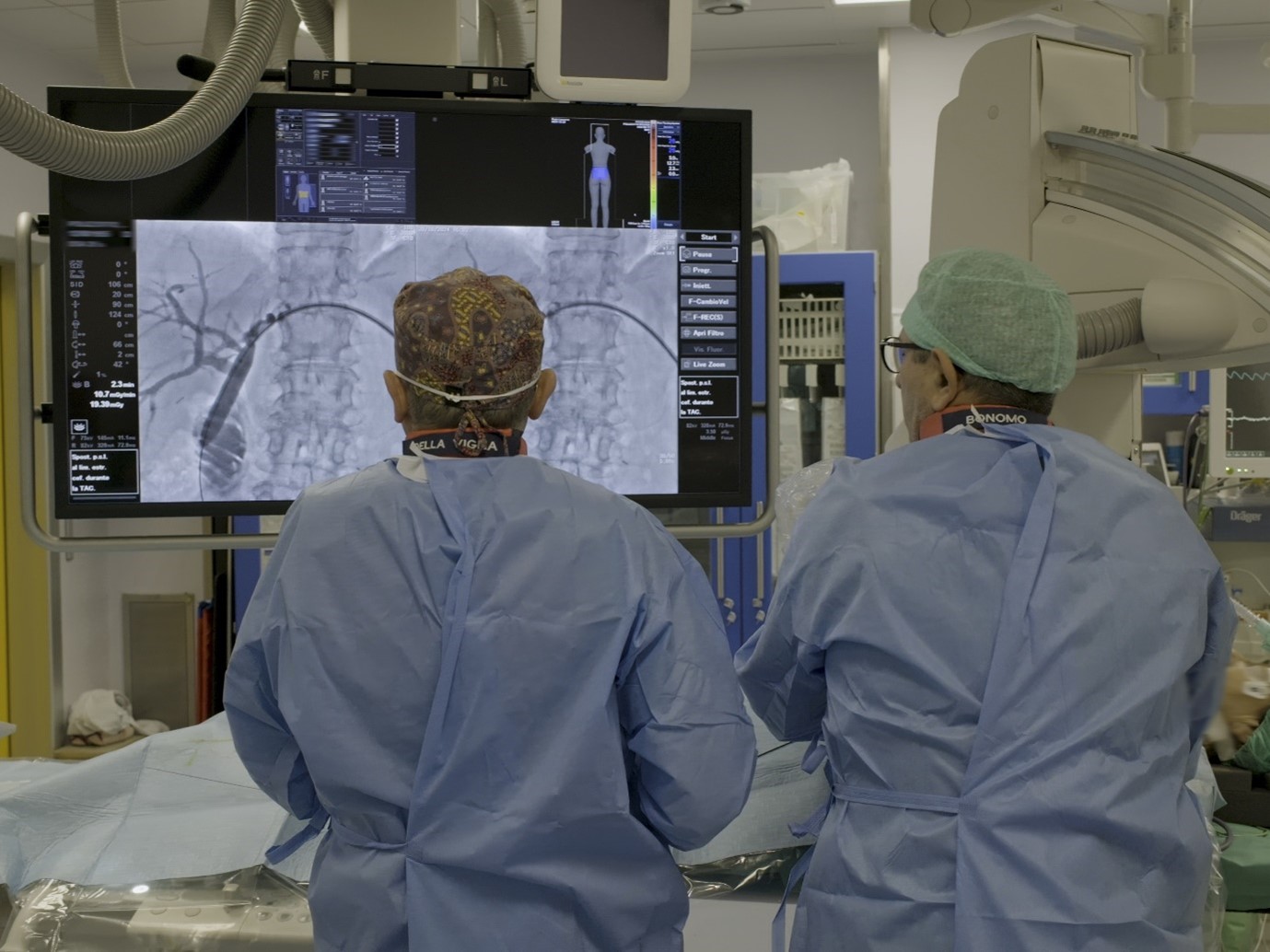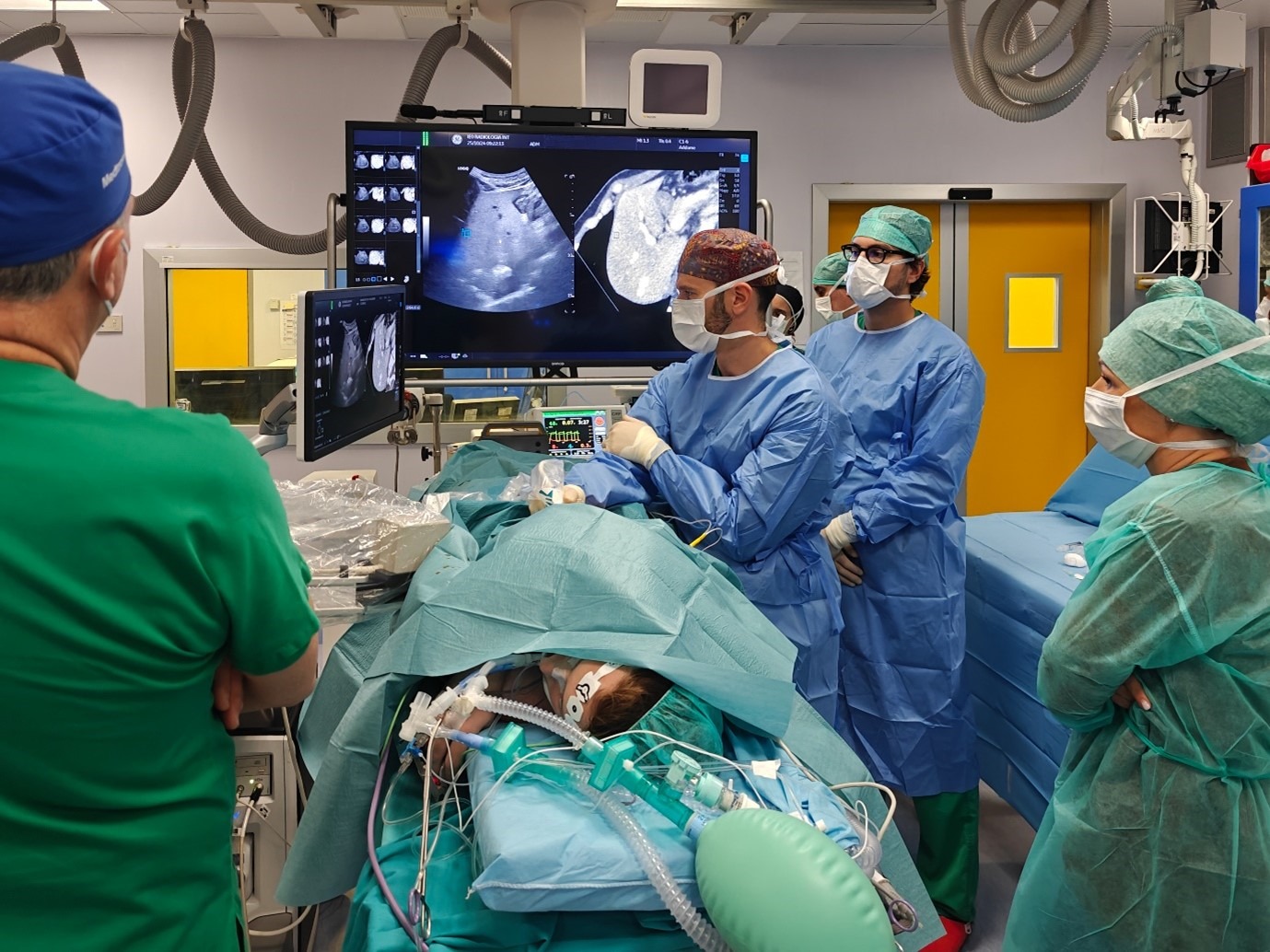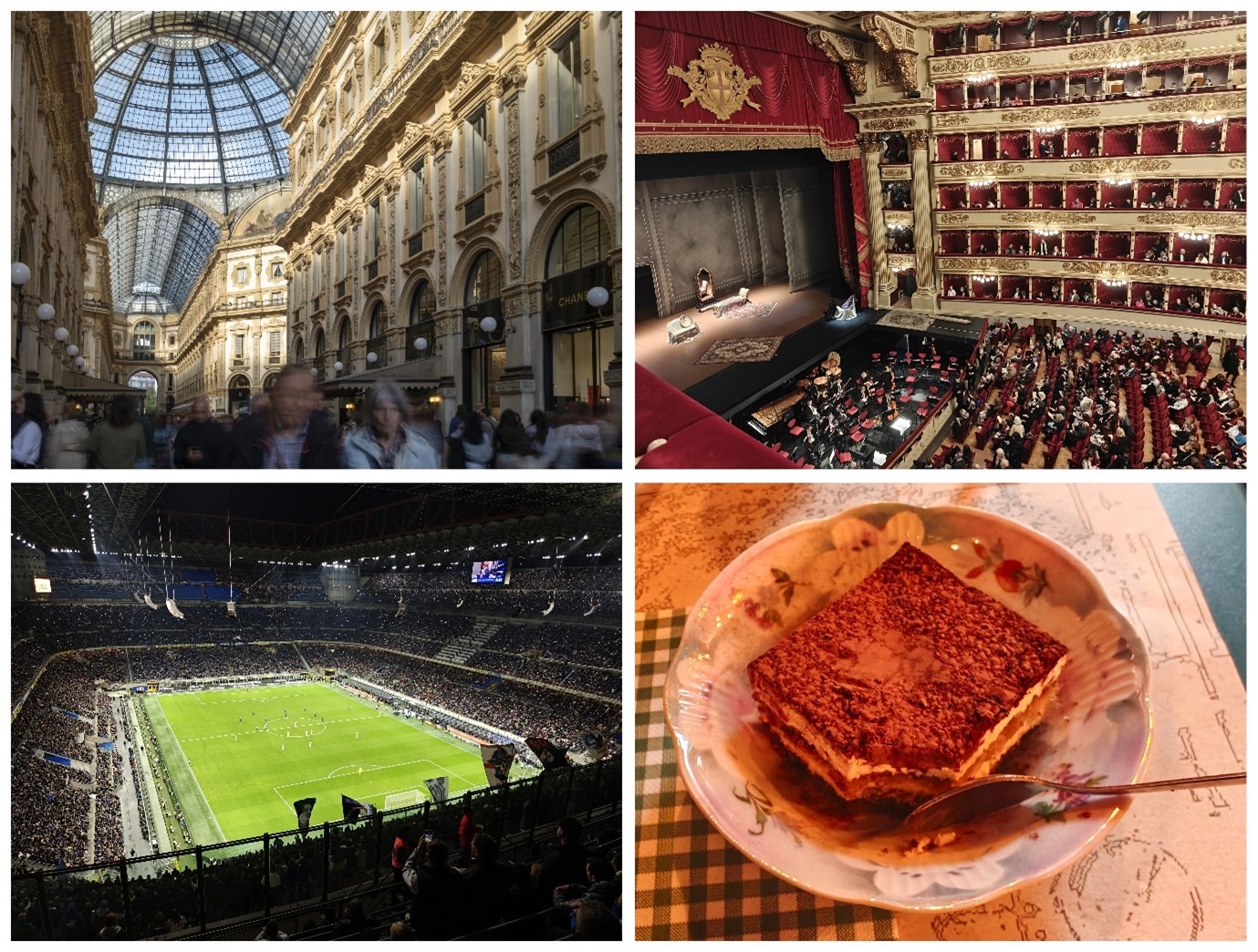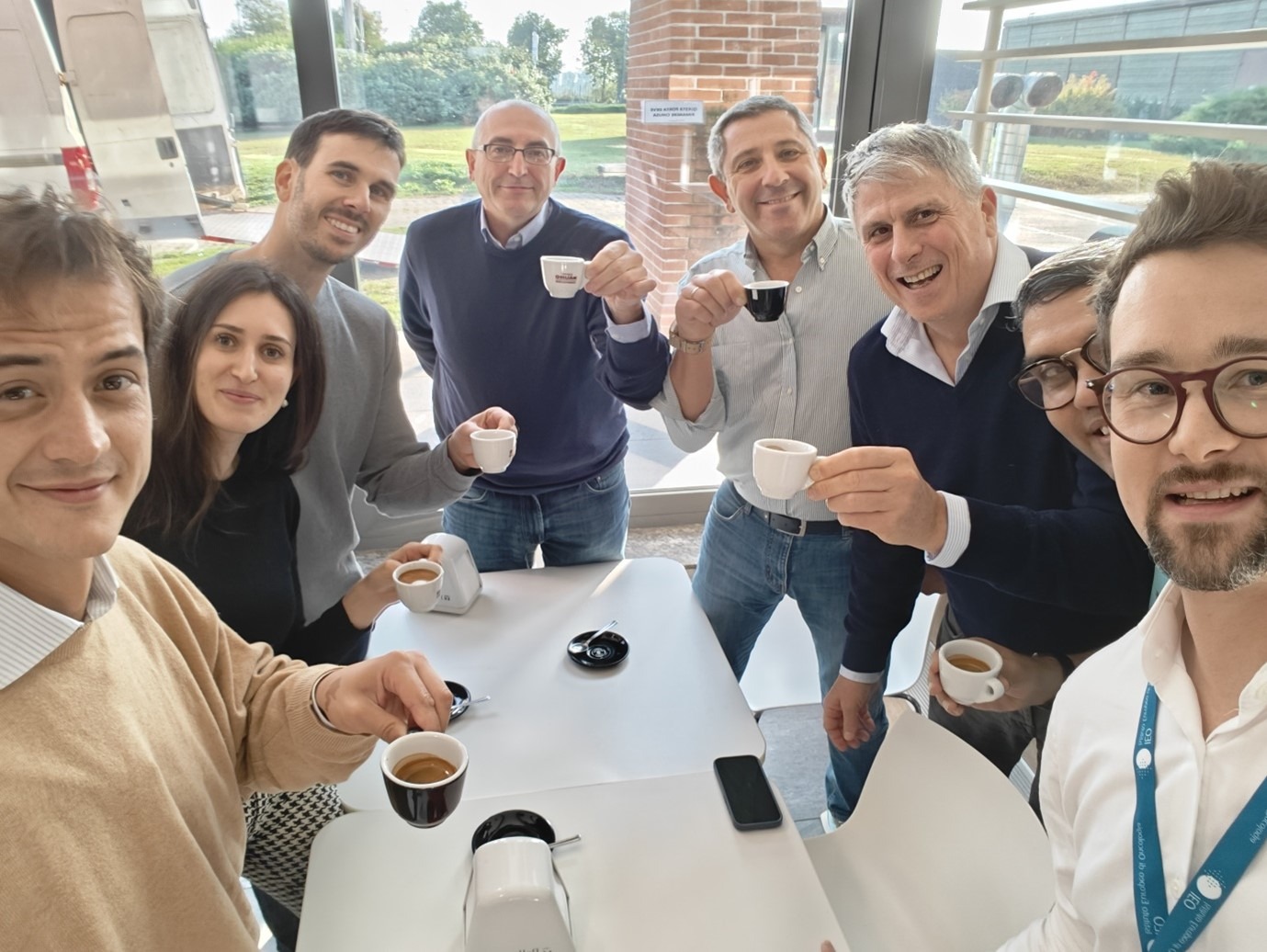My name is Andrzej Lejawka. I am originally from Poland, but I did my residency training in diagnostic and interventional radiology in Sheffield in the United Kingdom. Currently, I am working as an interventional radiology consultant at the Nottingham University Hospitals, a large and busy NHS Trust and a major trauma centre serving a catchment area of more than 4 million people.
So far in my interventional radiology career, I have gained considerable experience in various vascular and non-vascular procedures. However, my exposure to interventional oncology, especially thermal ablations, has been somewhat limited. To gain more experience in this exciting and promising field, I chose to apply for a CIRSE Fellowship grant at the European Institute of Oncology (Istituto Europeo di Oncologia, IEO) in Milan, Italy. I first learned about this institute during ECIO 2022 in Vienna, where I was captivated by the advanced ablation techniques and cutting-edge equipment showcased by Dr. Franco Orsi, the head of the interventional radiology department, and his colleagues.

